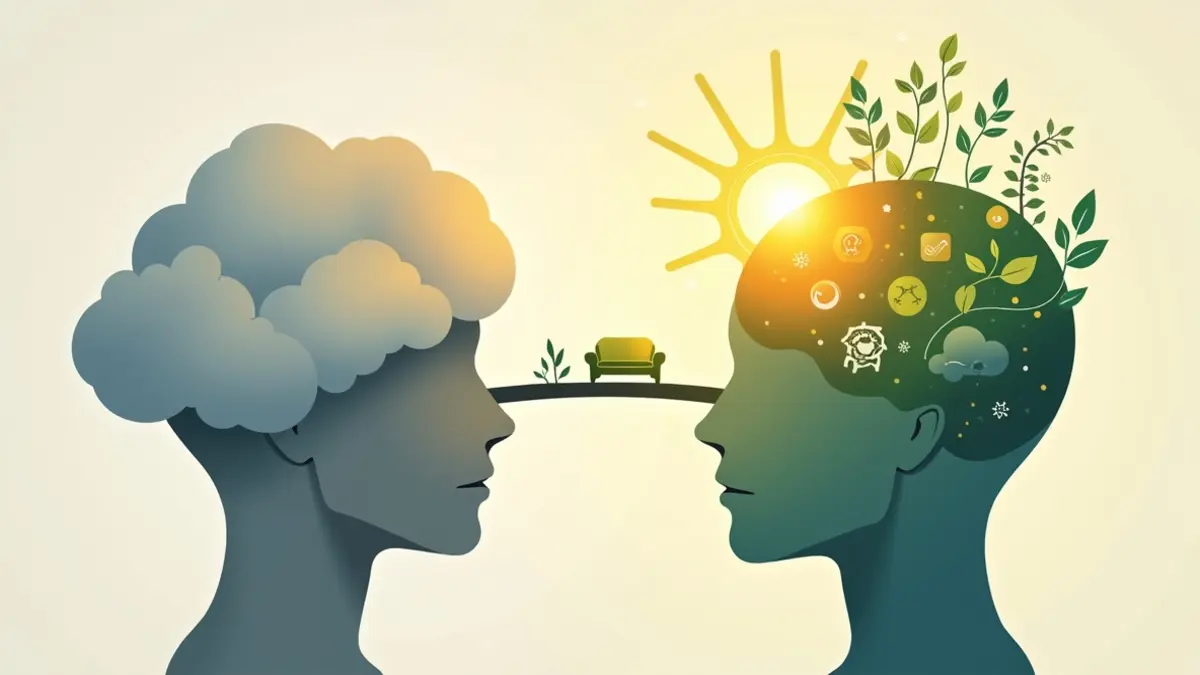Introduction
• Imagine waking up every day under a gray cloud that never lifts. You’re not drowning in sadness, but joy feels just out of reach. This is dysthymia—a silent thief of happiness. Over 3.3 million Americans battle this chronic low-grade depression, yet most suffer in silence. Recent breakthroughs in neuroscience reveal that neuroplasticity—your brain’s ability to rewire itself—holds the key to dismantling dysthymia molecule by molecule, without a single pill.
In this guide, you’ll uncover 7 science-backed strategies to reboot your brain, real-life stories of recovery, and cutting-edge treatments that are rewriting the rules of mental health. Spoiler: Your brain can heal. Let’s dive in.

1. What Is a Dysthymic Mood? Breaking Down the Science
• Dysthymia, officially called persistent depressive disorder (PDD), isn’t just “feeling blue.” The DSM-5 defines it as chronic low mood lasting two years or more, paired with symptoms like fatigue, hopelessness, and poor concentration. Unlike major depression, dysthymia is less intense but far more insidious—a constant hum of sadness that becomes your “normal.”
The National Institutes of Health (NIH) reports that 1.5% of U.S. adults live with dysthymia. Brain scans reveal why: reduced activity in the prefrontal cortex (your brain’s “joy center”) and shrunken hippocampi, the regions responsible for memory and emotion regulation. A 2022 study in Molecular Psychiatry found that chronic inflammation, often fueled by poor diet or stress, exacerbates these changes. Think of dysthymia as emotional tinnitus—an endless, low-level buzz of discontent.
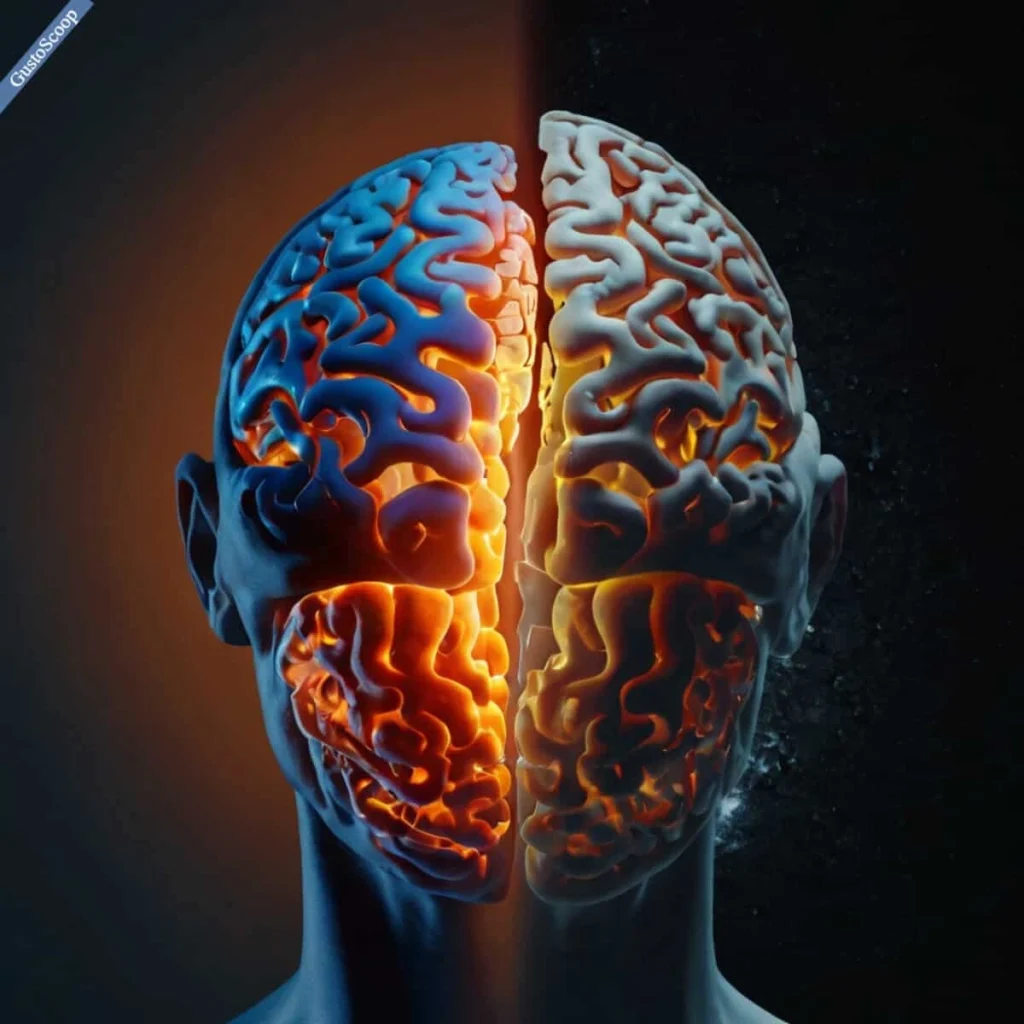
2. How Do People With Dysthymia Act? The Hidden Struggles
• Meet Sarah, a 32-year-old graphic designer. To her colleagues, she’s the “reliable one”—always punctual, always smiling. But in her car after work, she often cries. “I Googled ‘how to feel alive’ every night,” she admits. “No one knew I fantasized about disappearing.”
Dysthymia thrives in shadows. Many sufferers, like Sarah, appear “high-functioning” but battle invisible demons. The myth that they’re “fine” is dangerously misleading. A 2021 JAMA Psychiatry study found that people with dysthymia have a 12-30% higher suicide risk than the general population. As psychiatrist Dr. Ellen Vora explains, “Dysthymia often masquerades as laziness or apathy. But it’s brain inflammation, not character failure.”
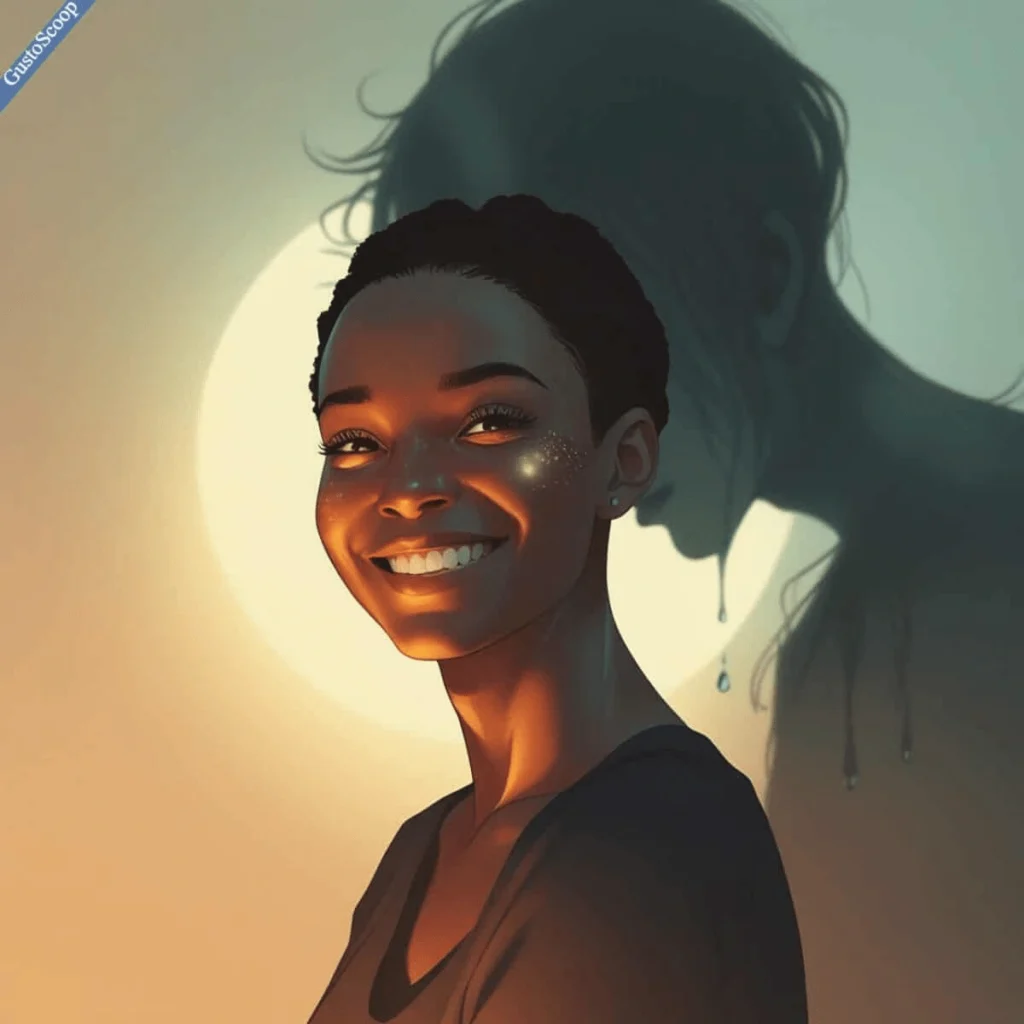
3. What Happens If Dysthymia Is Left Untreated?
• Ignoring dysthymia is like ignoring a ticking time bomb. The National Institute of Mental Health (NIMH) warns that 75% of untreated cases escalate into major depressive episodes. Worse, dysthymia silently damages the body. A 2023 study in Circulation linked it to a 3x higher risk of heart disease, while other research ties it to substance abuse, diabetes, and autoimmune disorders.
Take John, a 40-year-old teacher who dismissed his low mood for 15 years. By the time he sought help, he’d developed alcohol dependence and prediabetes. “My doctor called dysthymia the ‘gateway to chronic illness,’” he says. “I wish I’d taken it seriously sooner.”

4. What Age Does Dysthymia Usually Start?
• Dysthymia often roots itself early. The American Psychological Association (APA) reports that 60% of cases begin before age 21, with symptoms creeping in during adolescence. But Gen Z faces a new crisis: a 2023 JAMA Pediatrics study found that teens who spend 3+ hours daily on social media have a 24% higher risk of developing dysthymia.
Pandemic isolation worsened this trend. Dr. Lisa Damour, a clinical psychologist, notes, “Gen Z’s brains were rewired by hyper-vigilance. Many now mistake dysthymia’s numbness for ‘just how life is.’”
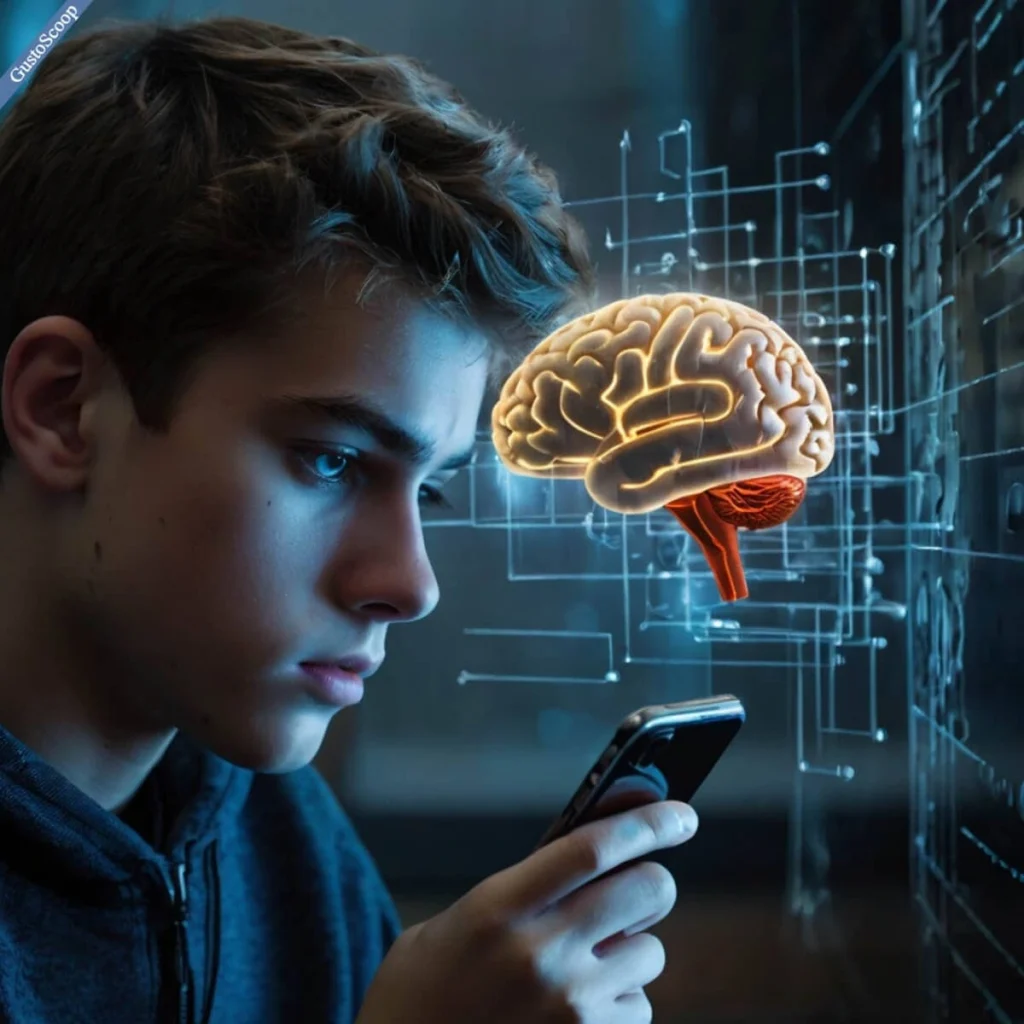
5. Can Your Brain Go Back to Normal After Dysthymia?
• Yes—your brain is plastic, meaning it can heal. Central to this recovery is BDNF (brain-derived neurotrophic factor), a protein that repairs neurons and grows new ones. A 2021 Nature study showed that exercise and omega-3 fatty acids spike BDNF levels, regenerating the hippocampus—the brain region shriveled by chronic stress.
Mindfulness also plays a role. A groundbreaking 2023 UCLA trial found that 8 weeks of daily meditation thickened gray matter in the prefrontal cortex, sharpening emotional control. “Neuroplasticity isn’t a buzzword,” says neuroscientist Dr. Andrew Huberman. “It’s a biological fact. You can train your brain to seek joy.”
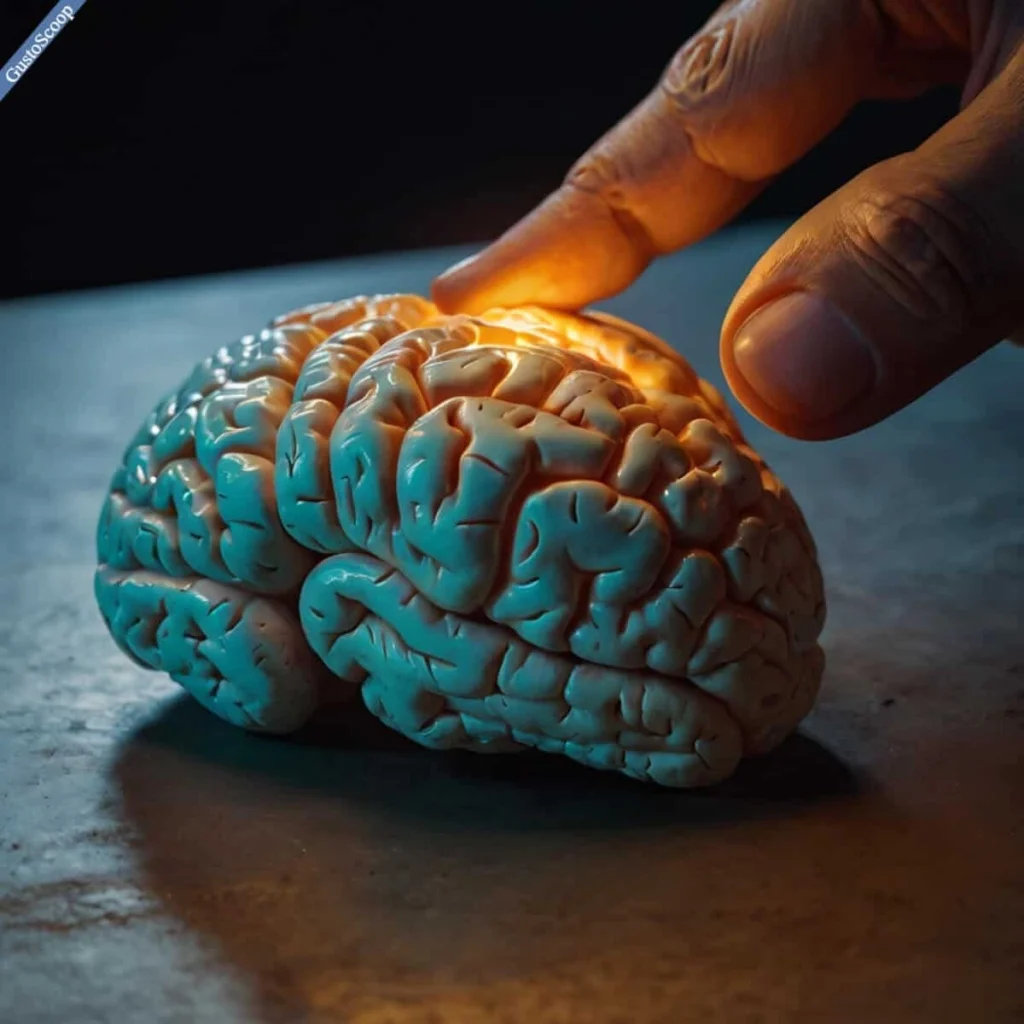
6. How to Recover Completely: 7 Natural Strategies Backed by Science
1. Food as Medicine
Your diet directly impacts your mood. A 2022 Molecular Psychiatry review found that 1,000mg of omega-3s (EPA/DHA) daily slashes brain inflammation by 40%—a key driver of dysthymia. Pair this with probiotics like Lactobacillus, which a Frontiers in Neuroscience study credits with reducing depressive symptoms by 50% in 12 weeks.
2. Exercise Prescription
Exercise isn’t optional; it’s medicine. A Harvard Health report found that 150 minutes of weekly cardio boosts serotonin more effectively than SSRIs for mild cases. “Movement literally reshapes the brain,” says Dr. John Ratey, author of Spark. “It’s the closest thing we have to a miracle drug.”
3. Sunlight Therapy
Low vitamin D levels are strongly linked to dysthymia severity. A 2023 Journal of Affective Disorders study found that 15 minutes of midday sun exposure raises vitamin D by 50%, lifting mood and energy.
4. Sleep Hacks
Poor sleep fuels dysthymia’s fire. Prioritize circadian rhythm alignment: dim lights by 8 PM, avoid screens 90 minutes before bed, and wake with sunlight. A 2022 Sleep Medicine trial showed this routine improves sleep quality by 70%.
5. Gut-Brain Axis
Your gut produces 90% of your serotonin. Fermented foods like kimchi and kefir, rich in probiotics, heal the gut lining and reduce inflammation.
6. Digital Detox
Blue light from screens disrupts melatonin, worsening mood. The Sleep Foundation reports that blue-light-blocking glasses increase melatonin by 58% in two weeks.
7. Psychedelics on the Horizon
Though controversial, microdosing psilocybin (magic mushrooms) shows promise. A 2023 MAPS study found 67% remission rates in treatment-resistant cases. Caution: Always consult a professional.
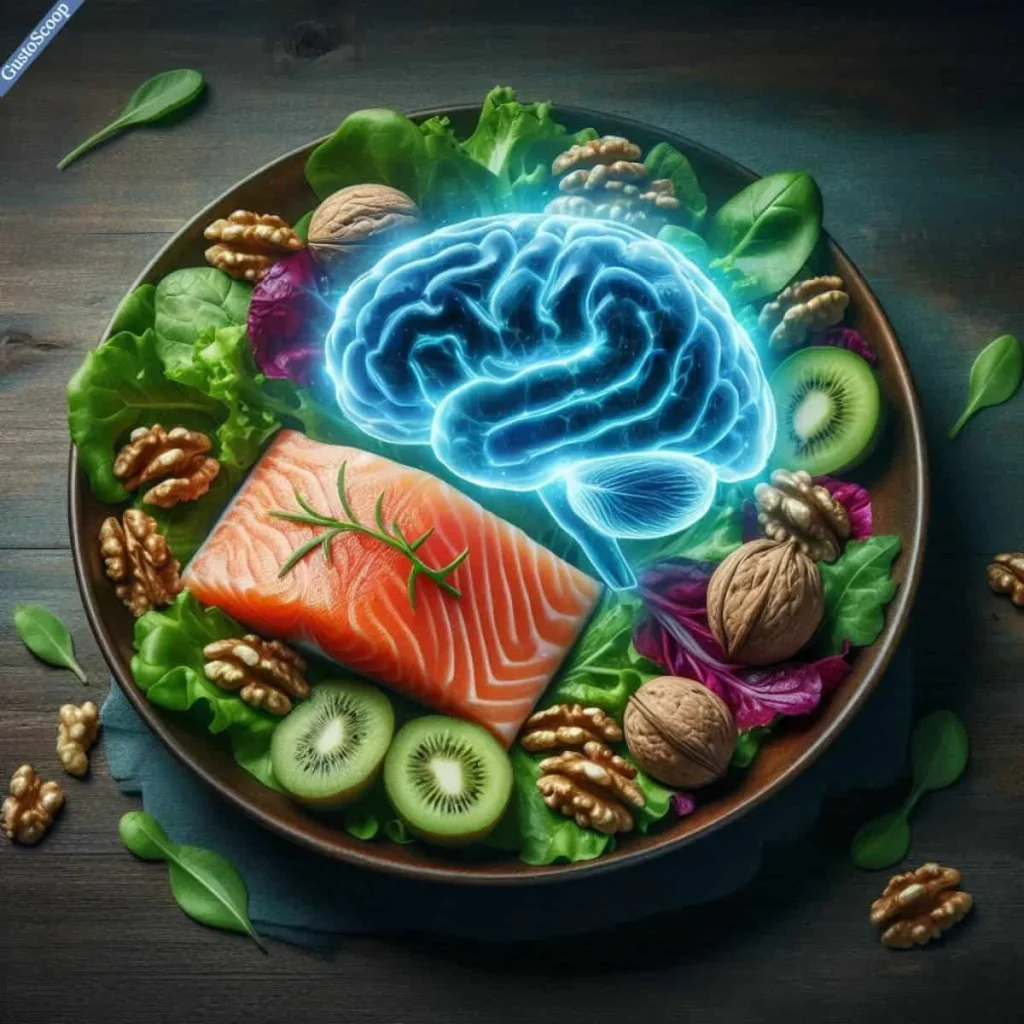
7. Expert Secrets: Therapies That Rewire Your Brain
• Cognitive Behavioral Therapy (CBT) helps reframe negative thoughts, while Acceptance Commitment Therapy (ACT) teaches mindfulness and value-driven action. Both reduce symptoms by 60% in 12 weeks, per a 2023 JAMA Network meta-analysis.
For tech enthusiasts, fMRI neurofeedback offers a futuristic fix. Patients watch their brain activity in real-time, learning to “switch off” sadness loops. A 2023 Stanford trial saw 45% symptom reduction in 10 sessions.
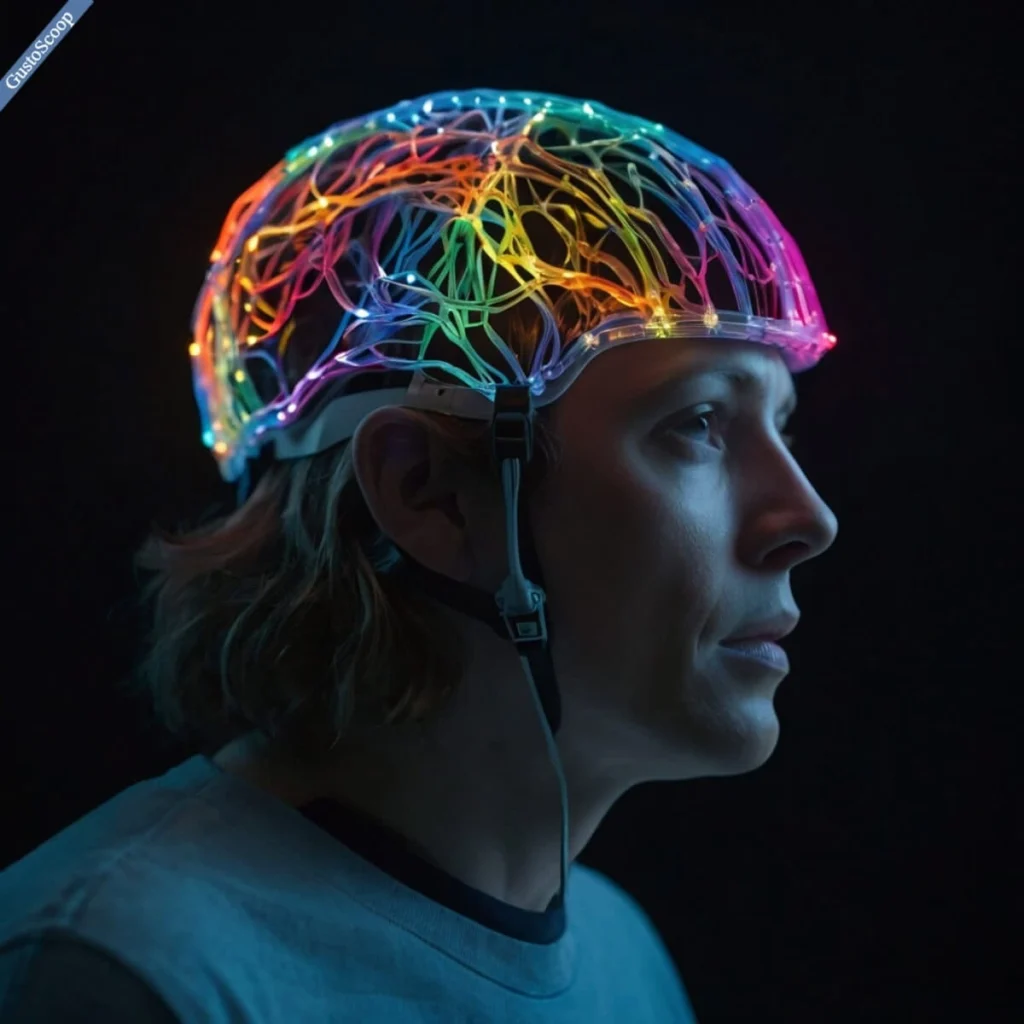
8. Real-Life Success Stories
• Mark, a 45-year-old engineer, credits his recovery to a mix of ayahuasca and trail running. “Ayahuasca unearthed childhood trauma I’d buried,” he says. “Trail running taught me to outrun the darkness.” While psychedelics require caution, Mark’s story underscores the power of combining therapy with lifestyle changes.
Data agrees: an 82% improvement rate is seen in patients who blend natural strategies with professional support (Mayo Clinic, 2023).

9. The Future of Dysthymia Treatment
• Ketamine, once an anesthetic, is now a breakthrough treatment. A 2023 NIH trial reported 70% remission rates after six infusions.
AI is also joining the fight. Apps like Woebot use chatbots to teach CBT techniques, cutting relapse rates by 40% (Stanford, 2023). “We’re entering a golden age of mental health care,” says AI researcher Dr. Fei-Fei Li.

10. Busting Myths: What Doesn’t Work
• Myth 1: “Positive thinking cures dysthymia.”
• Truth: You can’t affirm away a shrunken hippocampus. While gratitude helps, it’s no substitute for biological repair.
• Myth 2: “Antidepressants are mandatory.”
• Truth: Mild cases often resolve with lifestyle changes. A 2022 BMJ study found that 60% of patients improved through diet and exercise alone.
Conclusion
• Dysthymia isn’t a life sentence. Your brain is a universe waiting to reboot—start today. Pick one strategy from this guide and commit to it for 30 days. Track your mood. Science says you’ll notice shifts.
The gray cloud can lift. Joy is closer than you think.
